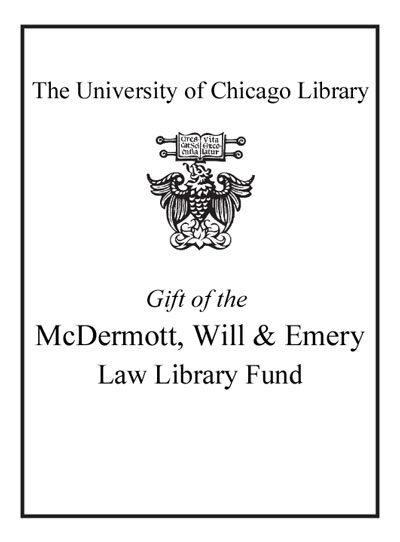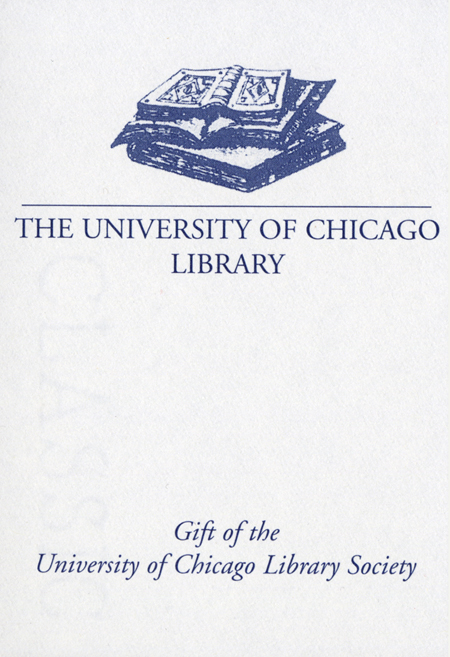Review by Choice Review
The popularity of movies such as Hotel Rwanda, The Killing Fields, and the numerous cinematic treatments of the Holocaust show deep public awareness of the crime of genocide. This encyclopedia's more than 350 articles provide a wide range of superb reference material on genocide, war crimes, and other crimes against humanity. The editors have enlisted many internationally prominent scholars, human rights activists, and some diplomats to write essays for this set. The scope is impressive, starting with the Roman persecution of Christians and continuing to recent Sudanese Arab massacres of Sudanese Africans. Arranged alphabetically by topic, each entry contains a narrative, a bibliography including books, reports, and Web sites, and extensive cross-references. Besides its extensive treatment of the Armenian genocide, the Jewish Holocaust, and lesser-known crimes, the encyclopedia also includes useful entries such as "Early Warning," the history of "Truth Commissions" and "United States Foreign Policies towards Genocide," among other elusive topics. Black-and-white illustrations enhance the text and useful sidebars are scattered throughout. The encyclopedia includes a wide range of primary documents such as judicial decisions and relevant international conventions. Particularly useful is a filmography. Nearly all other encyclopedias of genocide deal exclusively with the murder of Jews and others during the Holocaust; for example, Encyclopedia of the Holocaust, ed. by Robert Rozett and Schmuel Spector, (CH, Apr'01, 38-4237) and Holocaust Encyclopedia, ed. by Walter Laqueur and J. T. Baumel (CH, Sep'01, 39-00-54). Only one comparable work, edited by Israel Charny, a founder of genocide studies, covers genocide more generally: Encyclopedia of Genocide, (2v., CH, Jun'00, 37-5432). It offers an extensive range of topics and informative essays but appears less comprehensive than Shelton's work. ^BSumming Up: Essential. For academic and public libraries, even those holding the Charny set. D. Altschiller Boston University
Copyright American Library Association, used with permission.
Review by Booklist Review
This outstanding comprehensive sourcebook of the worst in human behavior throughout history also includes instances of some of the best responses. It is aimed at the adult general reader but will be valuable for both specialists and older students studying the destruction of a people. The editor and contributors are broadly representative of academic experts around the world, and some of them have had extensive involvement with the subject. The 350 signed, well-documented entries, varying from 500 to 5,000 words, as appropriate, are arranged alphabetically. The topics comprise the diverse aspects of crimes against humanity--acts and consequences, cultural memory and representation, international institutions and laws. Each article is well written, balanced (such as the entry on the Sabra and Shatila Palestinian refugee camps), and includes see also0 references and a bibliography. The set covers judicial decisions and events as recent as mid-2004. There is some overlap (for example, in treating different aspects of the crimes in the Balkans), but each entry is fresh and shows careful editing. Every continent and likely every people have had their share of the crimes, and while the impact of the Nazi Holocaust drives much of the work, the editorial team has cast its net wide, encompassing, for example, less-known crimes against the Beothuk people in Newfoundland and Labrador. Birth and death dates of persons and specific dates of the crimes are given. Entries cover ancient and modern genocides, Perpetrators0 and Victims,0 Incitement0 and Resistance, Denial0 and Documentation, 0 international tribunals and national trials, and cultural aspects, such as the ways in which genocide intersects with music and dance. The work includes separate two-page entries on the atrocities at Carthage, Srebrenica, and Wounded Knee as well as concise biographies for individuals ranging from Klaus Barbie, chief of the gestapo in France, to Louise Arbor, chief prosecutor for the International Tribune for the Former Yugoslavia. Concluding the set are a glossary, an excellent filmography, 190 pages of primary sources (historical and international texts and judicial decisions), and an accurate index, which is supplemented by a topical list of entries. Black-and-white photos convey some of the horror of what humanity has wrought. The layout of this very accessible work is noteworthy. The Encyclopedia of Genocide0 (ABC-CLIO, 1999) emphasizes the Nazi Holocaust and does not aim to cover the entire history and range of genocides. The new work has twice the number of pages and is larger in physical size. It will be the standard resource for many years. --Arthur Meyers Copyright 2005 Booklist
From Booklist, Copyright (c) American Library Association. Used with permission.
Review by Choice Review
Review by Booklist Review


